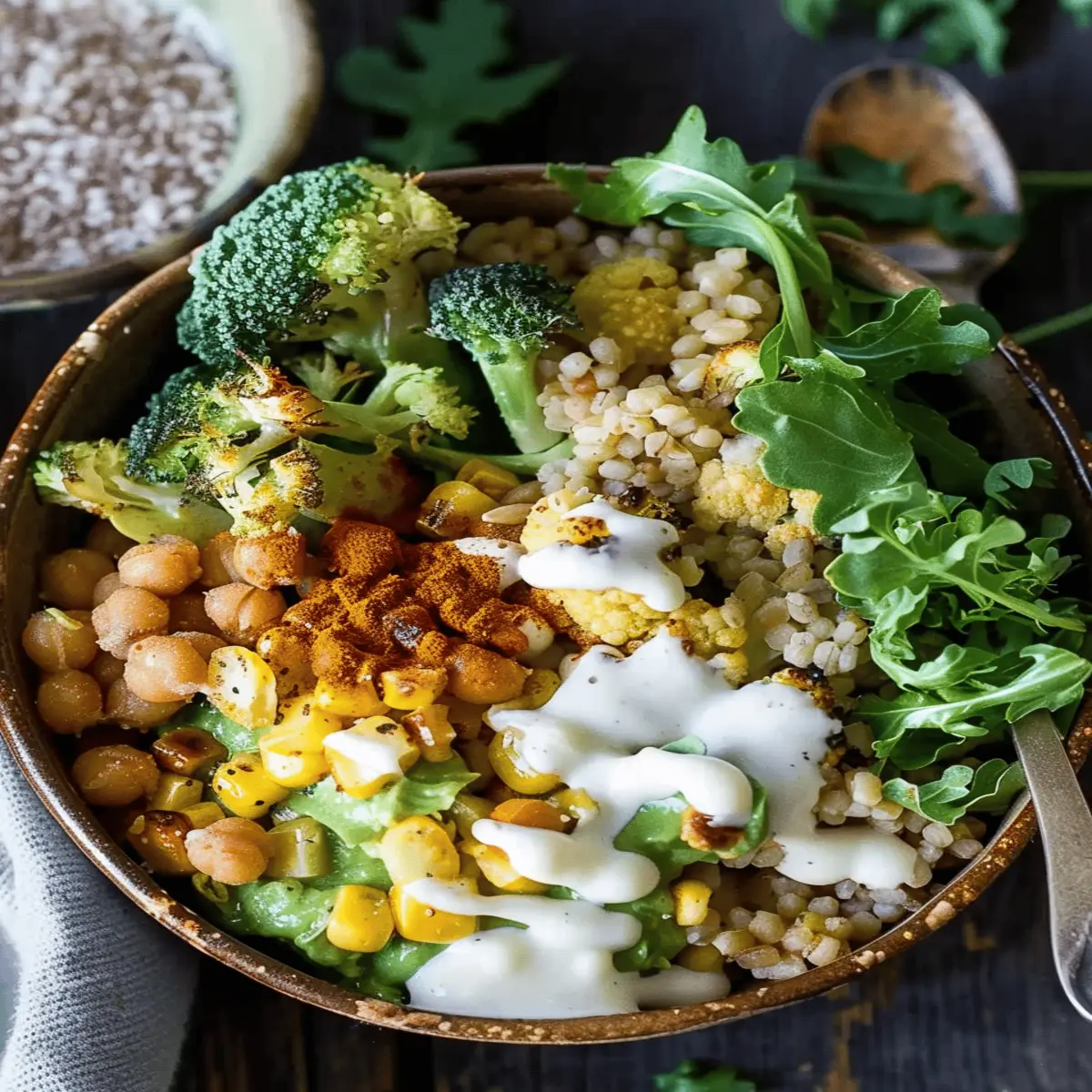Introduction to Veggie Bowls
In a fast-paced world, where young professionals juggle multiple responsibilities, finding healthy and convenient meal options can feel like a daunting task. Enter veggie bowls — a delightful fusion of fresh ingredients that not only boost your nutrition but also simplify your meal prep.
Why Veggie Bowls Are a Game-Changer for Young Professionals
For those in the 25-35 age bracket, time is often at a premium. Between work, social obligations, and personal projects, who has time for elaborate cooking? This is where veggie bowls come to the rescue. They’re the epitome of versatility and efficiency. Here’s why they stand out:
-
Quick Prep Time: With a little planning, you can whip up a nutritious veggie bowl in under 30 minutes. A colorful array of topped grains, greens, and proteins can be mixed and matched to suit your taste preferences in no time.
-
Nutritional Powerhouse: Packed with vitamins, minerals, and fiber, veggie bowls help boost your energy levels and keep you focused. According to a study by the Harvard T.H. Chan School of Public Health, a diet rich in vegetables can significantly improve cognitive function and overall well-being.
-
Affordable and Accessible: While eating healthy can sometimes feel expensive, veggie bowls can actually save you money. By using seasonal vegetables and pantry staples like beans and grains, preparing vibrant bowls can become a wallet-friendly routine.
-
Customization: One of the best aspects of veggie bowls is their customizable nature. Whether you prefer a Mediterranean twist with hummus and cucumbers or a spicy Asian flair with sesame dressing, you can personalize your bowl to reflect your cravings and dietary needs.
-
Sustainable Eating: If you’re environmentally conscious, veggie bowls can help you minimize waste. Using up leftovers and choosing local produce means a smaller carbon footprint, aligning with growing trends in sustainable eating.
Veggie bowls aren’t just meals; they’re a lifestyle that fits seamlessly into the busy schedules of young professionals. With endless combinations, they provide the nourishment needed to power through your day while staying aligned with your values. So, why not give veggie bowls a try? Explore this fantastic guide on healthy eating to learn more about building your own perfect blend!
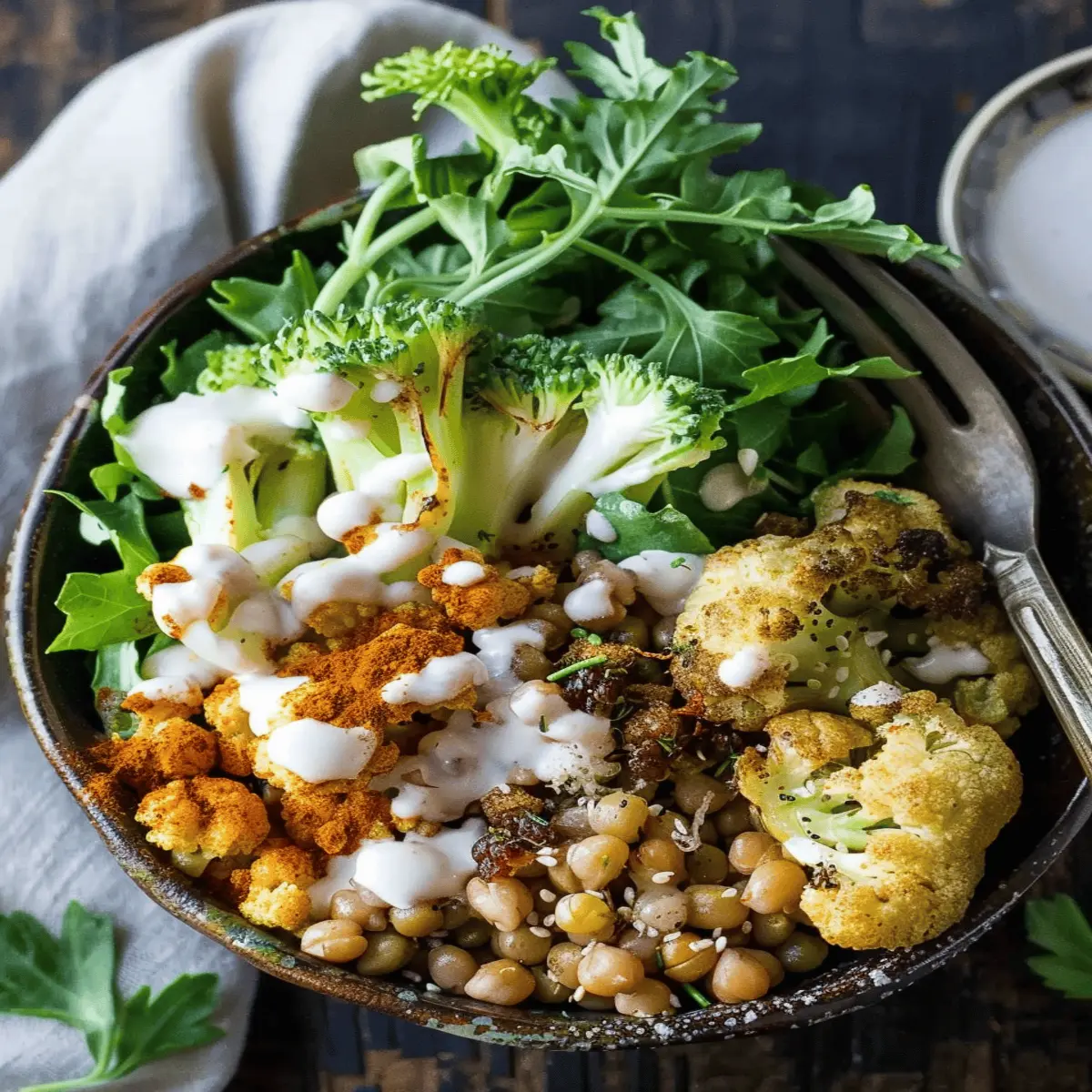
Ingredients for Veggie Bowls
Essential components for a balanced meal
Creating the perfect veggie bowl starts with a foundation of essential ingredients that pack in nutrition as well as flavor. Here’s what you’ll need:
- Grains: Think quinoa, brown rice, or farro. These whole grains provide essential fiber and energy.
- Proteins: Add chickpeas, black beans, or tofu for that satisfying protein punch.
- Veggies: Load up on colorful options like bell peppers, spinach, or roasted sweet potatoes. These not only taste amazing but also offer a burst of vitamins.
- Healthy fats: Avocado or nuts like almonds add creaminess and richness to your bowl.
Preparing a veggie bowl doesn’t just fill you up; it fuels you. According to the Harvard T.H. Chan School of Public Health, a balanced plate improves overall health and wellness.
Optional toppings and dressings to customize your bowl
Once you have your base ready, make your veggie bowl truly yours with fun toppings and dressings. Here are some ideas to get your creative juices flowing:
- Toppings: Feta cheese, seeds (like sesame or sunflower), or fresh herbs can elevate your bowl.
- Dressings: Drizzle on tahini, balsamic vinaigrette, or a zesty lemon-olive oil blend for extra flavor.
Feel free to experiment! After all, the beauty of veggie bowls lies in their versatility—there’s no wrong way to enjoy them. Let’s get building!
Step-by-Step Preparation of Veggie Bowls
Creating veggie bowls can be a delightful culinary adventure, perfect for anyone looking to enjoy a healthy and satisfying meal. This guide will walk you through the essential steps of prepping and assembling these vibrant dishes, transforming fresh ingredients into a feast for the eyes and taste buds alike.
Gather and Prep Your Veggies
The first step in crafting incredible veggie bowls is to gather and prepare your favorite vegetables. This is where your creativity can shine! You’ll want a cheerful mix of colors and textures to really make your bowl pop.
- Select your veggies: Think about seasonal vegetables like bell peppers, zucchini, carrots, kale, and cherry tomatoes. Greens like spinach and arugula also work wonderfully.
- Wash and chop: Clean your veggies thoroughly and chop them into bite-sized pieces. For example, slicing bell peppers into strips and dicing cucumbers will give your bowl varied shapes that look visually appealing.
- Consider roasting: Roasting can enhance the flavor of vegetables like sweet potatoes, brussels sprouts, and cauliflower. Toss them in a little olive oil, sprinkle some salt, and roast in the oven for 20-30 minutes until golden brown.
Choose Your Grain Base
A solid grain base not only provides texture but also fuels your body. Options like quinoa, brown rice, or farro add that wholesome element to your veggie bowls. Here are a few things to keep in mind when selecting your grain:
- Quinoa: Packed with protein and gluten-free, quinoa cooks quickly and has a fluffy texture.
- Brown rice: A filling, earthy choice that’s full of fiber; it can take longer to cook but is worth it.
- Farro: This ancient grain has a nuttier flavor and chewier texture, bringing a unique element to your bowl.
To prepare these grains, cook according to package instructions. Generally, it’s about a 2:1 water to grain ratio.
Build Your Protein Layer
To turn your veggie bowls into a more filling meal, adding protein is key! Plus, it’s a great chance to include diverse ingredients. Here are some popular options:
- Legumes: Chickpeas or black beans add a creamy consistency and hearty protein.
- Tofu or tempeh: These soy-based proteins can be marinated and grilled or stir-fried for delicious texture and taste.
- Nuts and seeds: Almonds, sunflower seeds, or pumpkin seeds sprinkled on top can add a satisfying crunch.
By introducing protein, you ensure your meal is well-rounded and sustaining. Plus, it’s a fantastic opportunity to meet your nutritional needs!
Assemble Your Beautiful Bowl
Now comes the fun part— assembling your veggie bowls! Layout your ingredients in an aesthetically pleasing manner. Start with your grain base at the bottom, followed by a colorful array of veggies, and then top it off with your chosen protein.
- Arrange each component in sections for a beautiful presentation.
- Garnish with fresh herbs like cilantro or parsley for an added touch of flavor.
- If you love a spicy kick, add some slices of avocado for creaminess and heat.
Drizzle with Your Favorite Dressing
The final step in your veggie bowl creation is all about the dressing. A good dressing can elevate the whole dish and tie all those delicious flavors together. Here are some dressings to consider:
- Tahini lemon dressing: Creamy and tangy, tahini offers a nutty flavor that pairs well with veggies.
- Balsamic vinaigrette: A classic choice that adds a sweet and tangy balance.
- Greek yogurt dressing: A creamy option that can add a refreshing touch.
Don’t forget to taste your dish before you serve it—maybe you’ll discover a secret ingredient you’d like to add!
By following these steps and using fresh, seasonal ingredients, you can create delightful veggie bowls that are not just appealing but also nutritious! Happy cooking!
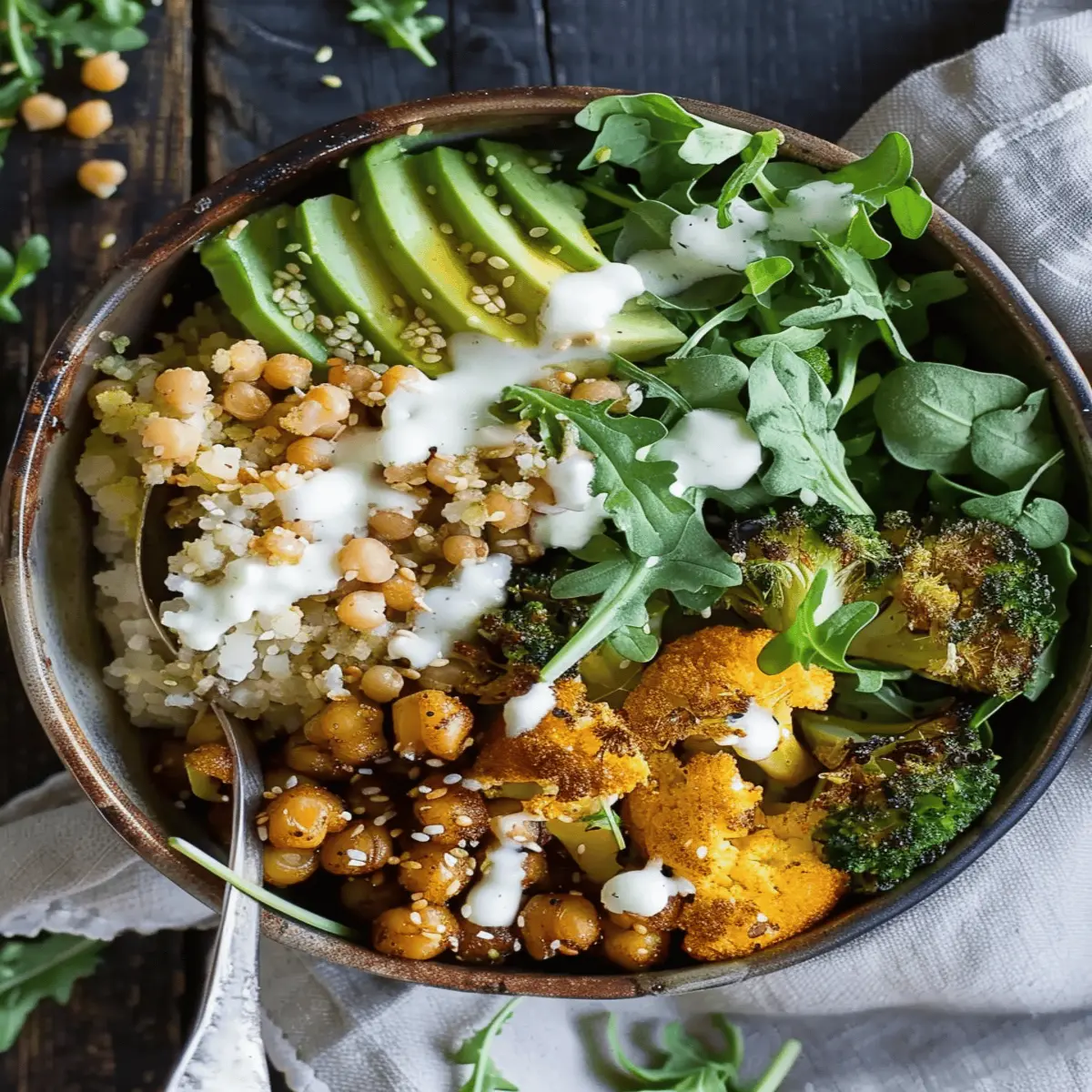
Variations on Veggie Bowls
When it comes to veggie bowls, the world is your oyster! The versatility of these colorful and nutrient-packed dishes makes them perfect for any craving. Here, we’ll explore three delightful variations that take inspiration from global flavors, ensuring your meal prep stays exciting and enjoyable.
Mediterranean Veggie Bowl
Imagine a sun-kissed Mediterranean landscape as you enjoy this combination of fresh ingredients. Fill your bowl with:
- Quinoa or couscous as your base
- Chickpeas for added protein
- Sliced cucumbers, cherry tomatoes, and red onion for crunch
- Feta cheese and a drizzle of tzatziki sauce to tie it together
Don’t forget a sprinkle of fresh herbs like basil or parsley to elevate those flavors! Research shows that the Mediterranean diet is heart-healthy, rich in antioxidants, and linked to longevity.
Asian-Inspired Veggie Bowl
Craving something savory with an umami kick? An Asian-inspired veggie bowl can satisfy that need. Here’s how to build yours:
- Brown rice or sushi rice as a hearty foundation
- Steamed broccoli, carrots, and edamame for vibrancy
- Tofu or tempeh, marinated in soy sauce or teriyaki for depth
- Finish with sesame seeds and a drizzle of sriracha for a spicy twist
This style is not just flavorful but also often low in calories and high in fiber. Check out resources like the Harvard Health Blog for more on the benefits of plant-based diets.
Southwest-Style Veggie Bowl
For those who love bold and zesty flavors, the Southwest style veggie bowl is your go-to option. Here’s a breakdown:
- Brown rice or quinoa for the base
- Black beans and corn for protein and sweetness
- Diced bell peppers and jalapeños for a kick
- Top with avocado and a squeeze of lime for freshness
Adding a dollop of Greek yogurt instead of sour cream can boost creaminess and nutrition. This combination is not only satisfying but also a great way to incorporate whole foods into your diet.
These variations show how veggie bowls can cater to diverse tastes and preferences. So, what are you waiting for? Dive into global flavors and make your meal prep fun and flavorful!
Cooking Tips and Notes for Veggie Bowls
How to avoid sogginess
One of the biggest pitfalls when crafting delicious veggie bowls is ending up with a soggy mess. To keep your ingredients crisp:
- Dry your veggies: After washing, give them a thorough pat down.
- Roast instead of steam: Roasting veggies at high temps (400°F) caramelizes their natural sugars, enhancing flavor without adding moisture.
- Layer smartly: Place heartier ingredients (like grains or proteins) at the bottom to absorb any excess moisture, with lighter veggies on top.
Keeping it colorful and nutritious
A vibrant veggie bowl isn’t just a feast for the eyes; it’s packed with essential nutrients. Aim for a rainbow:
- Mix different colors: Incorporate greens, reds, yellows, and purples. Foods rich in antioxidants, like bell peppers and red cabbage, can help boost your immune system, according to research from Harvard Health.
- Add wholesome extras: Toss in nuts, seeds, and legumes for protein and healthy fats. Lentils, for example, are not only rich in fiber but also economical and versatile.
The combination of texture and color ensures every bite is exciting, making meal prep both nutritious and enjoyable!
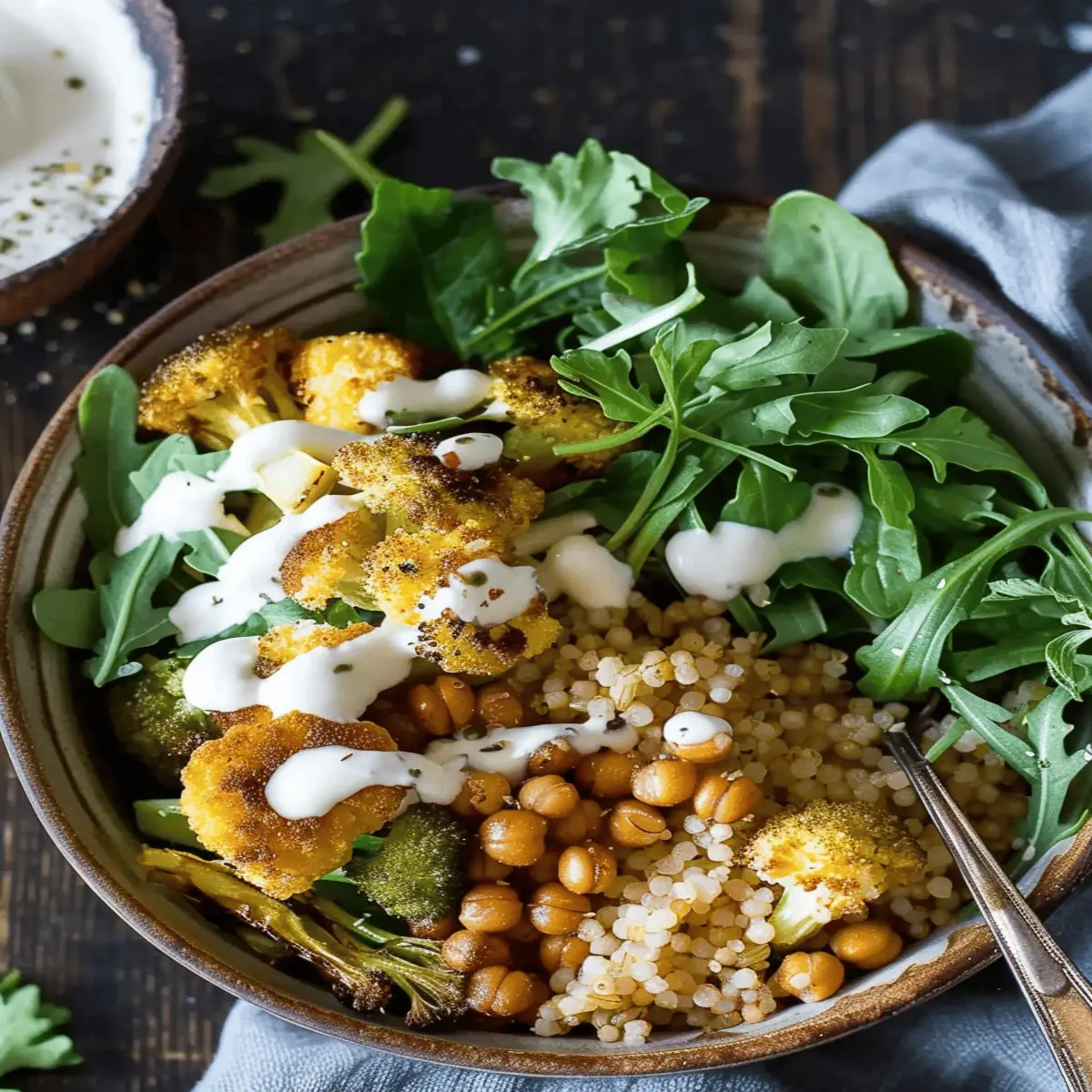
Serving Suggestions for Veggie Bowls
Pairing with Proteins
When it comes to creating satisfying veggie bowls, don’t forget to think about protein! Adding a hearty source of protein can elevate your dish from a simple salad to a complete meal. Here are some excellent options to consider:
- Grilled Chicken or Tofu: Adds a smoky flavor and hearty texture.
- Chickpeas or Black Beans: Great for a plant-based boost; they’re high in fiber and super filling.
- Quinoa or Farro: Not only do they add protein, but they also contribute a chewy texture.
For extra flavor, try marinating your protein in a zesty dressing or spice blend. It’s amazing how a little marinade can transform your dish!
Serving Sizes for Family or Meal Prep
If you’re preparing veggie bowls for a family meal or meal prep, portion control is key. A good rule of thumb is:
- Base (Grains or Greens): 1 to 2 cups
- Veggies: 1 to 2 cups of assorted, colorful veggies
- Protein: 3 to 4 ounces
This ensures everyone leaves the table feeling satisfied but not overstuffed. Plus, they’re perfect for meal prep—just mix and match based on what you have on hand!
Sometimes I like to experiment with leftovers, combining what’s in the fridge into a delicious veggie bowl. Remember, staying flexible and creative is the secret ingredient! For more tips on nutrition and meal planning, check out sources like The Academy of Nutrition and Dietetics.
Time Breakdown for Veggie Bowls
Preparation time
Getting your veggie bowls ready is a breeze! You’ll spend about 10-15 minutes washing, chopping, and prepping your colorful ingredients. This is where you can get creative, so don’t hesitate to add your favorite veggies!
Cooking time
Depending on how you like your veggies, cooking can take about 15-20 minutes. Sautéing or roasting brings out delicious flavors, and the timing can vary based on your chosen method.
Total time
In just 30-35 minutes, you’ll have a stunning bowl of fresh, tasty goodness. It’s quick, healthy, and perfect for a busy weeknight dinner. Want to learn more about optimizing your cooking process? Check out this guide on meal prepping! Don’t be afraid to experiment with flavors and textures in your veggie bowls. By taking the time to prepare a bit ahead, you’ll make your weeknight dinners a cinch!
Nutritional Facts for Veggie Bowls
Understanding the nutritional value of your delicious veggie bowls is key to making informed eating choices. They offer a hearty portion of health benefits while being incredibly satisfying.
Caloric Content
A typical serving of veggie bowls usually contains around 300-500 calories, depending on the ingredients. This caloric range makes them an excellent option for lunch or dinner without the guilt.
Key Nutrients Per Serving
When you scoop into your veggie bowls, you’re not just digging into something tasty; you’re enjoying a variety of essential nutrients:
- Fiber: Many veggie bowls are packed with fiber, promoting digestive health. A single serving can provide 5-8 grams of fiber or more, depending on the ingredients.
- Vitamins: Veggies like spinach, bell peppers, and carrots are rich in vitamins A and C, which support immune function.
- Minerals: Incorporating ingredients like quinoa or chickpeas adds iron and magnesium, both vital for energy levels.
Want to learn more about the nutritional profiles of your favorite ingredients? Check out Healthline’s guide to vegetables for deeper insights!
Crafting your veggie bowls with a variety of colorful vegetables not only adds visual appeal but also ensures you receive a wide range of nutrients. So, what’s your favorite combination?
FAQs about Veggie Bowls
Can I meal prep veggie bowls in advance?
Absolutely! Meal prepping veggie bowls is a game changer for busy weekdays. Simply batch cook your grains, roast your favorite vegetables, and portion them into containers. You can keep your dressing separate to maintain freshness until you’re ready to dig in. Most cooked veggies store well in the fridge for up to five days, but if you’re looking for long-term storage, consider freezing certain ingredients. Just remember to thaw them properly before enjoying!
What are some great vegan protein options?
When it comes to plant-based proteins, the options are plentiful! Here are a few to consider for your veggie bowls:
- Chickpeas: Packed with protein and fiber, they add heartiness to any dish.
- Quinoa: A complete protein that’s also gluten-free, making it a fantastic base.
- Tofu or Tempeh: Versatile and absorbs flavors beautifully; a must-try for extra protein.
- Lentils: Quick to cook and full of nutrients, lentils are a great alternative.
- Nuts and Seeds: Almonds, pumpkin seeds, and hemp seeds provide healthy fats and protein.
For more insights on plant-based diets, check out this informative resource.
How can I make my veggie bowl more filling?
If you want your veggie bowls to be more satisfying, try these tips:
- Add healthy fats: Foods like avocado, nuts, or olive oil can enhance flavor and fullness.
- Utilize grains: Brown rice, quinoa, or farro can create a more substantial base.
- Include legumes: Beans, lentils, or peas not only boost protein but also add fiber.
- Incorporate texture: Crunchy toppings like seeds or crispy vegetables can make every bite exciting.
Feel free to get creative! The beauty of veggie bowls lies in their versatility. By mixing in different ingredients, you can maintain a nutritious balance while keeping meals interesting. Happy cooking!
Conclusion on Veggie Bowls
In summary, veggie bowls are the perfect canvas for creativity and health. Their versatility allows you to mix and match ingredients based on what’s in your fridge, making them both cost-effective and sustainable. Packed with vitamins, minerals, and fiber, they’re a fantastic way to meet your daily nutritional needs while offering endless flavor combinations.
Who knew something so simple could have such a powerful impact? Whether you’re meal prepping or simply looking for a quick dinner option, veggie bowls can transform your meals into a healthful pleasure. For more guidance on nutritional planning, check out Healthline.
Print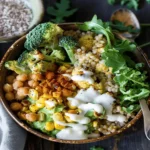
Veggie Bowls Made Easy: Fresh, Flavorful, and Fun!
- Total Time: 35 minutes
- Yield: 4 servings 1x
- Diet: Vegetarian
Description
Discover how to create delicious veggie bowls that are not only nutritious but also fun to prepare. Perfect for a quick meal!
Ingredients
- 1 cup quinoa
- 2 cups vegetable broth
- 1 tablespoon olive oil
- 1 teaspoon salt
- 1 cup chopped kale
- 1 cup diced bell peppers
- 1 cup cherry tomatoes
- 1/2 cup shredded carrots
- 1/4 cup balsamic vinegar
Instructions
- Rinse quinoa under cold water.
- In a pot, bring vegetable broth to a boil.
- Add quinoa and salt; reduce heat to low, cover, and simmer for 15 minutes.
- In a skillet, heat olive oil over medium heat.
- Add kale, bell peppers, tomatoes, and carrots; sauté until softened.
- Combine sautéed vegetables with cooked quinoa.
- Drizzle with balsamic vinegar before serving.
Notes
- Experiment with different vegetables based on your preference.
- Add nuts or seeds for extra crunch.
- Prep Time: 15 minutes
- Cook Time: 20 minutes
- Category: Main Dish
- Method: Stovetop
- Cuisine: Mediterranean
Nutrition
- Serving Size: 1 bowl
- Calories: 300
- Sugar: 4g
- Sodium: 300mg
- Fat: 10g
- Saturated Fat: 1g
- Unsaturated Fat: 8g
- Trans Fat: 0g
- Carbohydrates: 45g
- Fiber: 8g
- Protein: 10g
- Cholesterol: 0mg
Keywords: Veggie Bowls
